Your cart is currently empty!
Tag: Healthcare
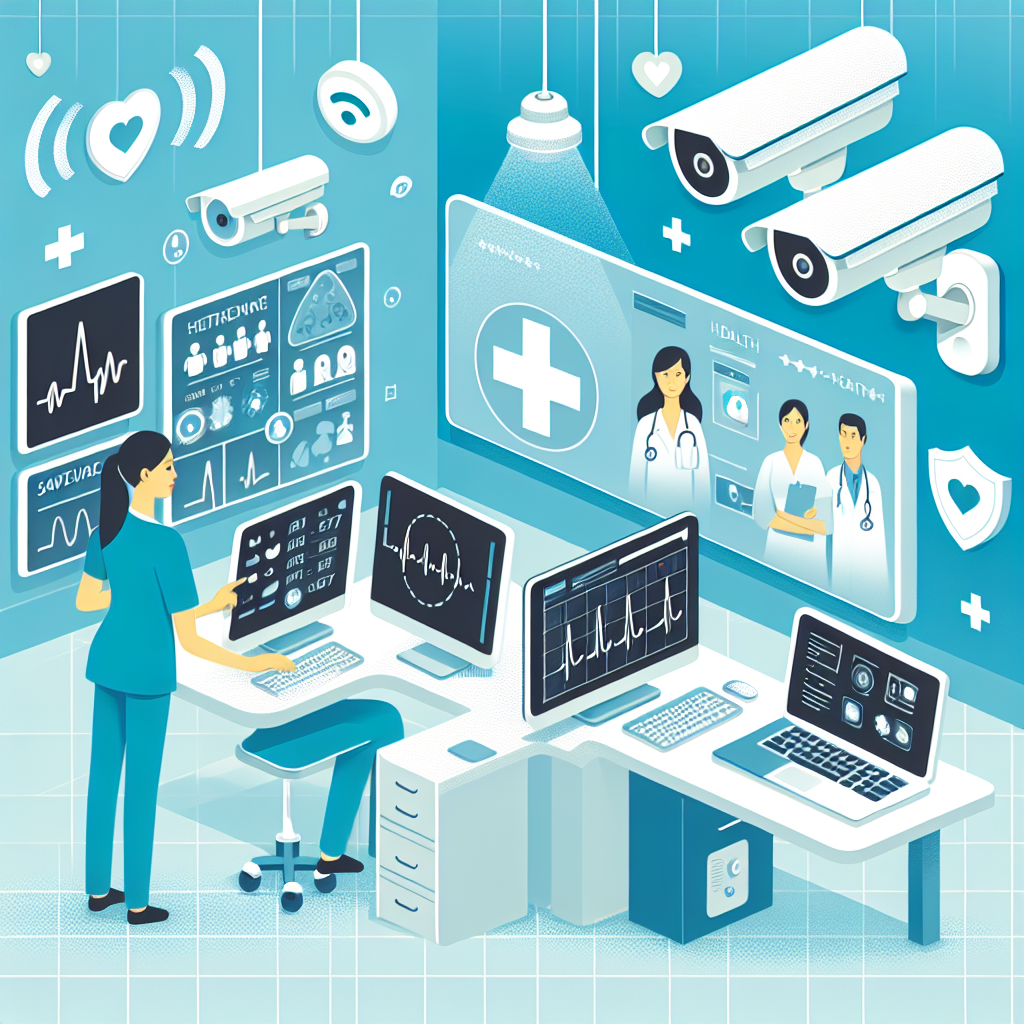
Remote Monitoring: Enhancing Safety and Security in Healthcare
Remote monitoring technology has revolutionized the way healthcare providers can ensure the safety and security of their patients. By utilizing remote monitoring devices, healthcare professionals can keep a close eye on their patients’ vital signs, activity levels, and overall health status without the need for constant in-person visits.One of the key benefits of remote monitoring is its ability to provide real-time data to healthcare providers, allowing them to quickly identify any potential issues or changes in a patient’s condition. This proactive approach to monitoring can help prevent medical emergencies and provide early intervention when necessary.
Remote monitoring also allows for continuous monitoring of patients, even when they are not physically in a healthcare facility. This is especially beneficial for patients with chronic conditions or those who require ongoing monitoring to manage their health. By tracking their vital signs and activity levels remotely, healthcare providers can ensure that patients are staying on track with their treatment plans and making progress towards their health goals.
In addition to enhancing patient safety, remote monitoring also improves the security of healthcare facilities. By keeping a close eye on patients remotely, healthcare providers can quickly respond to any security threats or emergencies that may arise. This can help prevent potential incidents such as patient falls, medication errors, or unauthorized access to patient information.
Furthermore, remote monitoring technology can also improve the efficiency of healthcare delivery by reducing the need for unnecessary in-person visits and streamlining the monitoring process. This not only saves time and resources for healthcare providers but also improves the overall patient experience by providing more personalized care and timely interventions.
Overall, remote monitoring is a powerful tool for enhancing safety and security in healthcare. By leveraging the latest technology to keep a close eye on patients remotely, healthcare providers can ensure that their patients receive the best possible care while also maintaining a secure healthcare environment. As technology continues to advance, the possibilities for remote monitoring in healthcare are endless, promising even greater improvements in patient safety and security in the future.
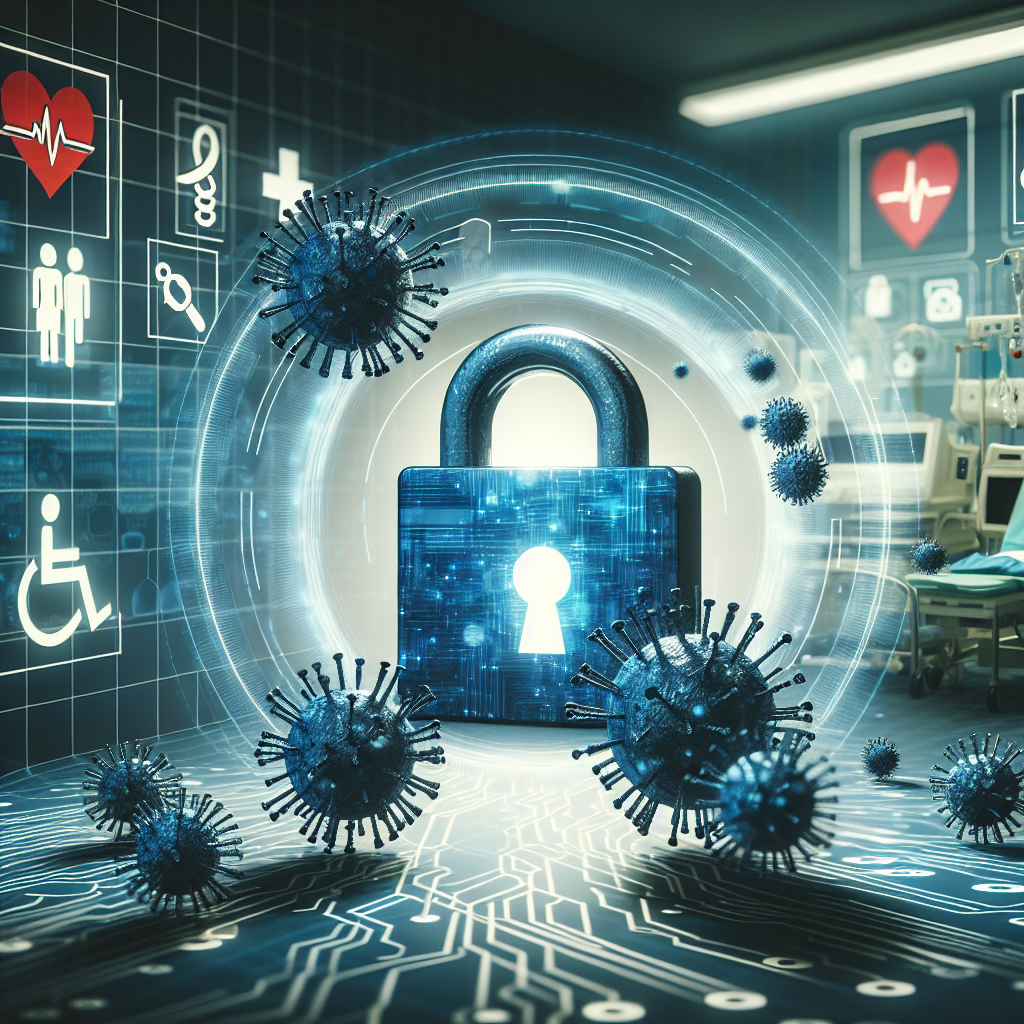
Cybersecurity Risks and Challenges in the Healthcare Industry
Cybersecurity Risks and Challenges in the Healthcare IndustryIn recent years, the healthcare industry has become a prime target for cyberattacks due to the vast amounts of sensitive data it holds. From patient records to financial information, healthcare organizations are a goldmine for cybercriminals looking to profit from stolen data. As a result, cybersecurity risks and challenges in the healthcare industry have become a major concern for both providers and patients.
One of the biggest challenges facing the healthcare industry is the increasing sophistication of cyberattacks. Hackers are constantly developing new methods to breach security systems and access sensitive data. From ransomware attacks that lock healthcare organizations out of their systems until a ransom is paid, to phishing scams that trick employees into revealing login credentials, the threats facing the healthcare industry are constantly evolving.
Another major challenge is the sheer volume of data that healthcare organizations are responsible for protecting. With the rise of electronic health records and other digital systems, healthcare providers are now storing more data than ever before. This data includes not only medical records, but also financial information, insurance details, and more. Protecting this vast amount of data from cyberattacks requires robust security measures and constant vigilance.
Additionally, the healthcare industry faces unique challenges when it comes to cybersecurity. Unlike other industries, healthcare organizations must balance the need for security with the need for accessibility. Healthcare providers need to be able to access patient records quickly and easily in order to provide the best possible care. This can create vulnerabilities in security systems that hackers can exploit.
To address these challenges, healthcare organizations must invest in robust cybersecurity measures. This includes implementing encryption technologies to protect data both at rest and in transit, as well as multi-factor authentication to prevent unauthorized access to systems. Regular security audits and employee training are also essential to ensure that all staff members are aware of the risks and know how to respond to potential threats.
In conclusion, cybersecurity risks and challenges in the healthcare industry are a growing concern that must be addressed by providers, patients, and policymakers alike. By investing in robust security measures and staying vigilant against emerging threats, healthcare organizations can protect sensitive data and ensure the safety and privacy of their patients.
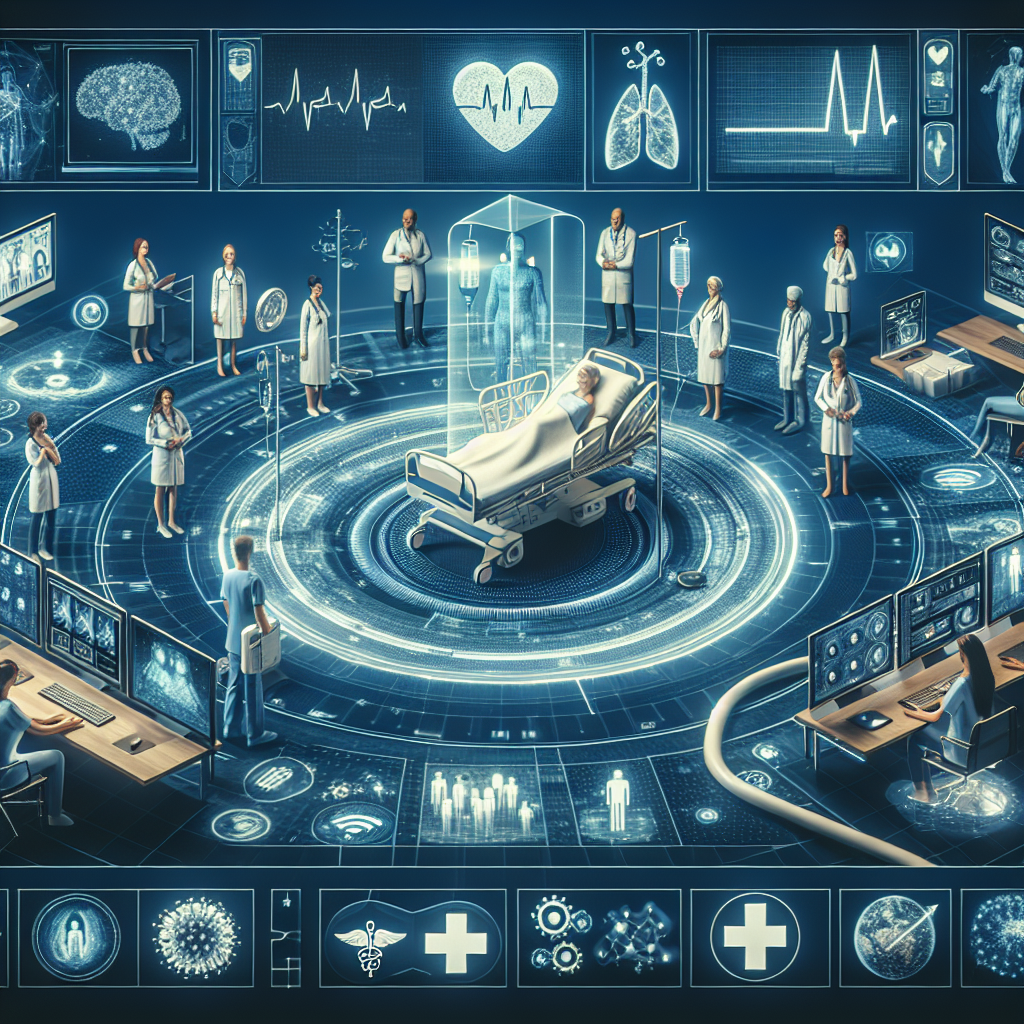
The Future of Healthcare: How Remote Monitoring is Revolutionizing Patient Care
The Future of Healthcare: How Remote Monitoring is Revolutionizing Patient CareIn recent years, advancements in technology have revolutionized the way healthcare is delivered. One of the most significant innovations that is transforming patient care is remote monitoring. This technology allows healthcare providers to monitor a patient’s vital signs and health data from a distance, enabling them to provide more personalized and timely care.
Remote monitoring involves the use of devices such as wearable sensors, mobile apps, and telehealth platforms to track a patient’s health metrics in real-time. These devices can monitor a wide range of vital signs, including heart rate, blood pressure, blood glucose levels, and oxygen saturation, among others. The data collected is then transmitted to the healthcare provider, who can review it and make informed decisions about the patient’s care.
One of the key benefits of remote monitoring is that it allows for continuous monitoring of a patient’s health, even when they are not in a healthcare facility. This can be particularly beneficial for patients with chronic conditions such as diabetes, hypertension, or heart disease, who require ongoing monitoring to manage their health effectively. By tracking their vital signs regularly, healthcare providers can detect any changes or potential issues early on, allowing for timely intervention and preventing complications.
Remote monitoring also enables healthcare providers to deliver more personalized care to their patients. By collecting and analyzing real-time data, providers can gain a better understanding of each patient’s unique health needs and tailor their treatment plans accordingly. This can lead to more effective and efficient care, improving patient outcomes and reducing healthcare costs in the long run.
Additionally, remote monitoring can improve access to care for patients in remote or underserved areas. By utilizing telehealth platforms and wearable devices, healthcare providers can reach patients who may not have easy access to healthcare facilities, allowing them to receive the care they need without having to travel long distances. This can help to bridge the gap in healthcare disparities and ensure that all patients have access to quality care, regardless of their location.
As technology continues to advance, the potential for remote monitoring in healthcare is only expected to grow. With the rise of artificial intelligence and machine learning, remote monitoring systems are becoming increasingly sophisticated, capable of analyzing large amounts of data and detecting patterns that may indicate potential health issues. This can help healthcare providers make more accurate diagnoses and treatment decisions, ultimately improving patient outcomes and quality of care.
In conclusion, remote monitoring is revolutionizing patient care by enabling healthcare providers to monitor patients’ health in real-time, deliver more personalized care, and improve access to care for underserved populations. As technology continues to evolve, the future of healthcare looks brighter than ever, with remote monitoring playing a crucial role in transforming the way healthcare is delivered and improving patient outcomes.
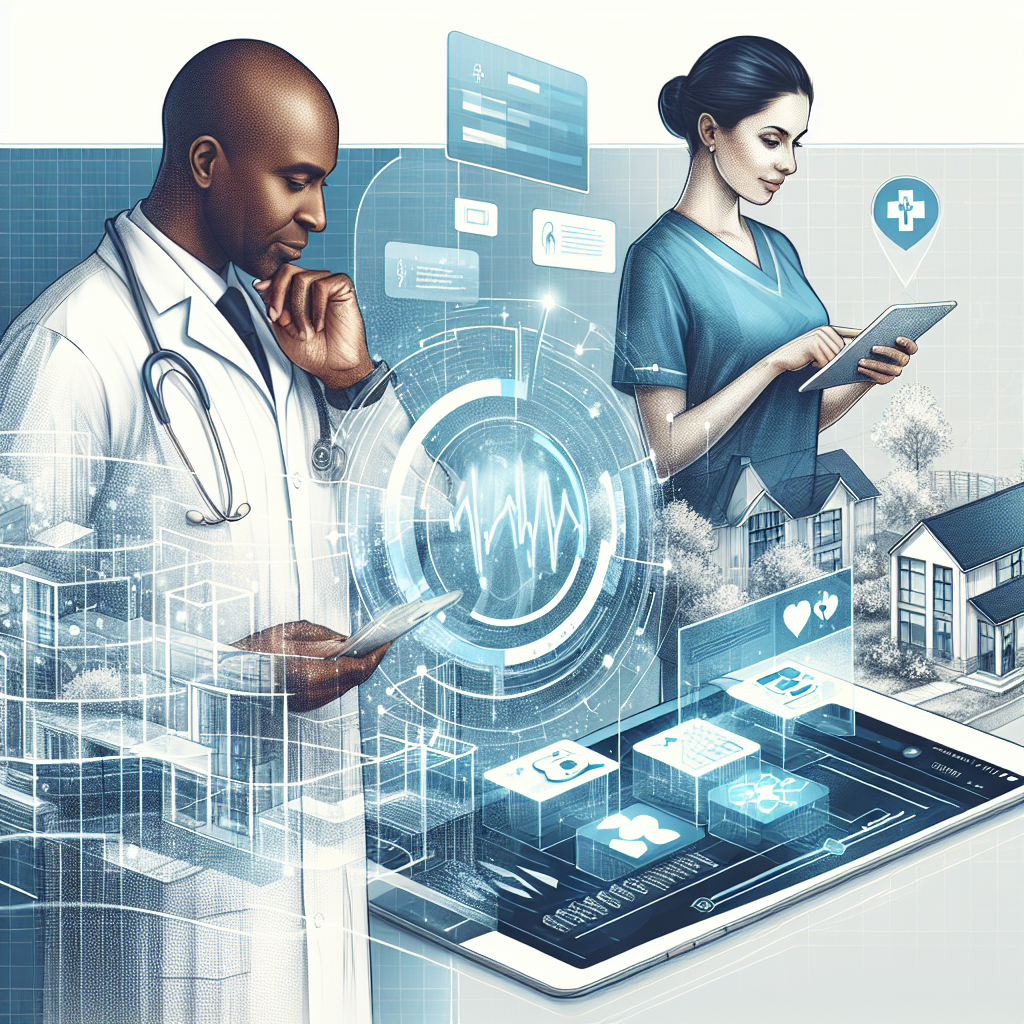
How Remote Monitoring Can Improve Efficiency in Healthcare
In the fast-paced world of healthcare, efficiency is key. Healthcare providers are constantly looking for ways to streamline processes and improve patient care. One way that technology is helping to achieve this goal is through remote monitoring.Remote monitoring allows healthcare providers to keep track of patients’ vital signs and health data from a distance. This can be especially helpful for patients with chronic conditions or those who require ongoing monitoring. By using remote monitoring devices, healthcare providers can receive real-time data on a patient’s health status, allowing for quicker intervention when necessary.
One of the biggest benefits of remote monitoring is that it allows for more proactive and personalized care. Instead of waiting for a patient to come in for a check-up or waiting for symptoms to worsen, healthcare providers can monitor patients on an ongoing basis and make adjustments to their care plan as needed. This can lead to better outcomes for patients and can help prevent unnecessary hospitalizations or emergency room visits.
Remote monitoring can also improve efficiency in healthcare by reducing the need for in-person visits. This can be especially beneficial for patients who live in remote areas or have mobility issues. Instead of traveling to a healthcare facility for a routine check-up, patients can simply use a remote monitoring device to track their health data and communicate with their healthcare provider as needed. This can save time and money for both patients and healthcare providers.
In addition, remote monitoring can help healthcare providers better manage their caseload. By receiving real-time data on patients’ health status, providers can prioritize care for those who need it most and allocate resources more effectively. This can help prevent burnout among healthcare providers and ensure that patients receive the care they need in a timely manner.
Overall, remote monitoring is a powerful tool that can improve efficiency in healthcare and enhance patient care. By using technology to monitor patients remotely, healthcare providers can provide more proactive and personalized care, reduce the need for in-person visits, and better manage their caseload. As technology continues to advance, remote monitoring is likely to become an increasingly important part of healthcare delivery, helping to improve outcomes for patients and streamline processes for providers.
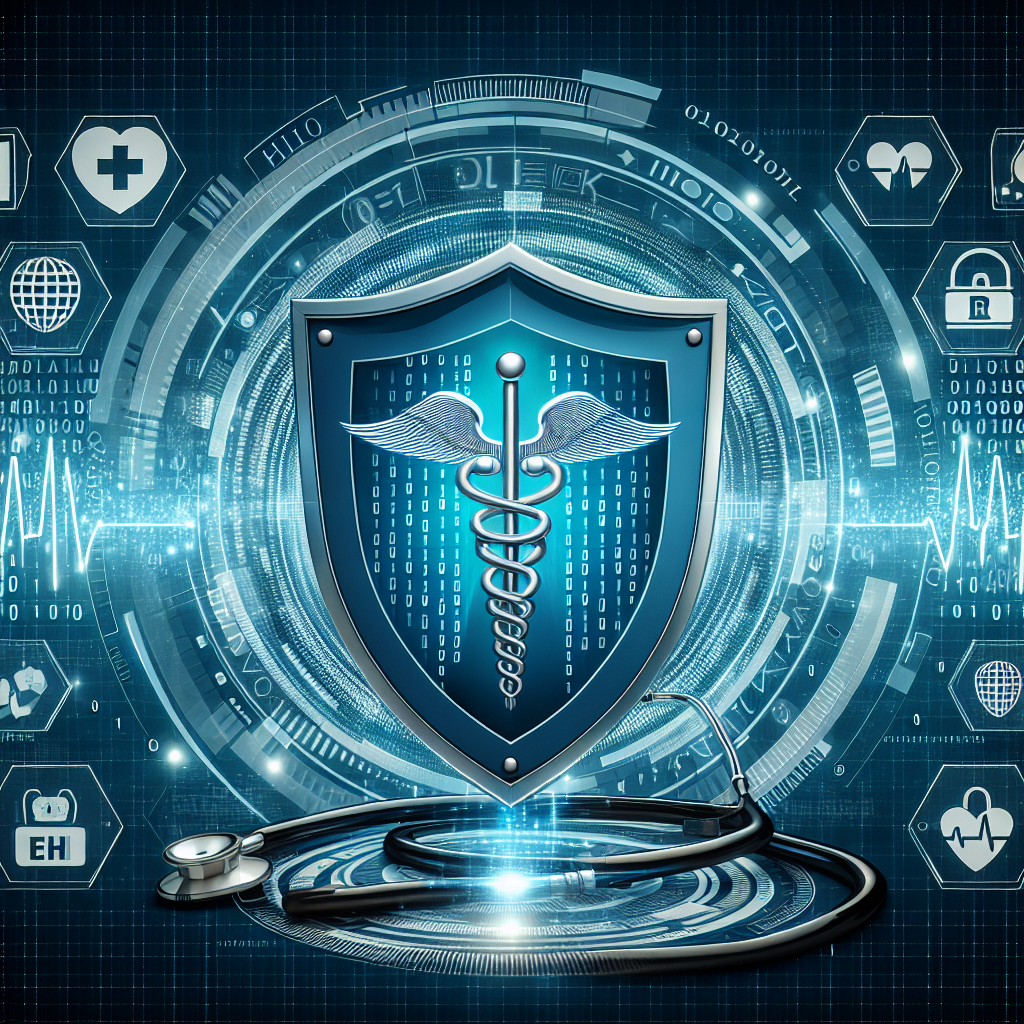
Cybersecurity in the Healthcare Industry: Challenges and Solutions
The healthcare industry is increasingly becoming a prime target for cyberattacks due to the vast amount of sensitive patient data stored in electronic health records. As the industry continues to digitize and connect medical devices to the internet, the need for robust cybersecurity measures has never been more critical.Challenges in Healthcare Cybersecurity:
1. Data breaches: Healthcare organizations are vulnerable to data breaches that can result in the exposure of patient information, including personal and financial data. These breaches can lead to identity theft, insurance fraud, and other forms of cybercrime.
2. Ransomware attacks: Ransomware attacks have become a common threat in the healthcare industry, where hackers encrypt critical data and demand payment in exchange for decryption keys. These attacks can disrupt healthcare services, compromise patient care, and result in financial losses.
3. Insider threats: Insider threats, whether intentional or unintentional, pose a significant risk to healthcare cybersecurity. Employees with access to sensitive data can accidentally leak information or deliberately misuse it for personal gain.
4. Legacy systems: Many healthcare organizations still rely on outdated legacy systems that are not equipped with the necessary security measures to protect against modern cyber threats. These systems are often vulnerable to exploitation by hackers.
Solutions to Healthcare Cybersecurity Challenges:
1. Implementing robust cybersecurity measures: Healthcare organizations should invest in advanced cybersecurity solutions, such as firewalls, intrusion detection systems, and encryption technologies, to protect sensitive data from unauthorized access.
2. Training and awareness: Healthcare employees should undergo regular cybersecurity training to educate them on best practices for securing patient data and identifying potential threats. Building a culture of cybersecurity awareness can help prevent insider threats and phishing attacks.
3. Regular security audits and updates: Healthcare organizations should conduct regular security audits to identify vulnerabilities in their systems and address them promptly. Keeping software and systems up to date with the latest security patches can help prevent cyberattacks.
4. Data encryption: Encrypting sensitive patient data both at rest and in transit can provide an added layer of protection against unauthorized access. Encryption technologies can help safeguard patient information even in the event of a data breach.
In conclusion, cybersecurity in the healthcare industry is a complex and evolving challenge that requires a multi-faceted approach to address. By implementing robust cybersecurity measures, providing ongoing training and awareness, conducting regular security audits, and encrypting sensitive data, healthcare organizations can better protect patient information and ensure the integrity of their systems. Collaboration with cybersecurity experts and adherence to industry best practices can help mitigate the risks associated with cyber threats in the healthcare sector.
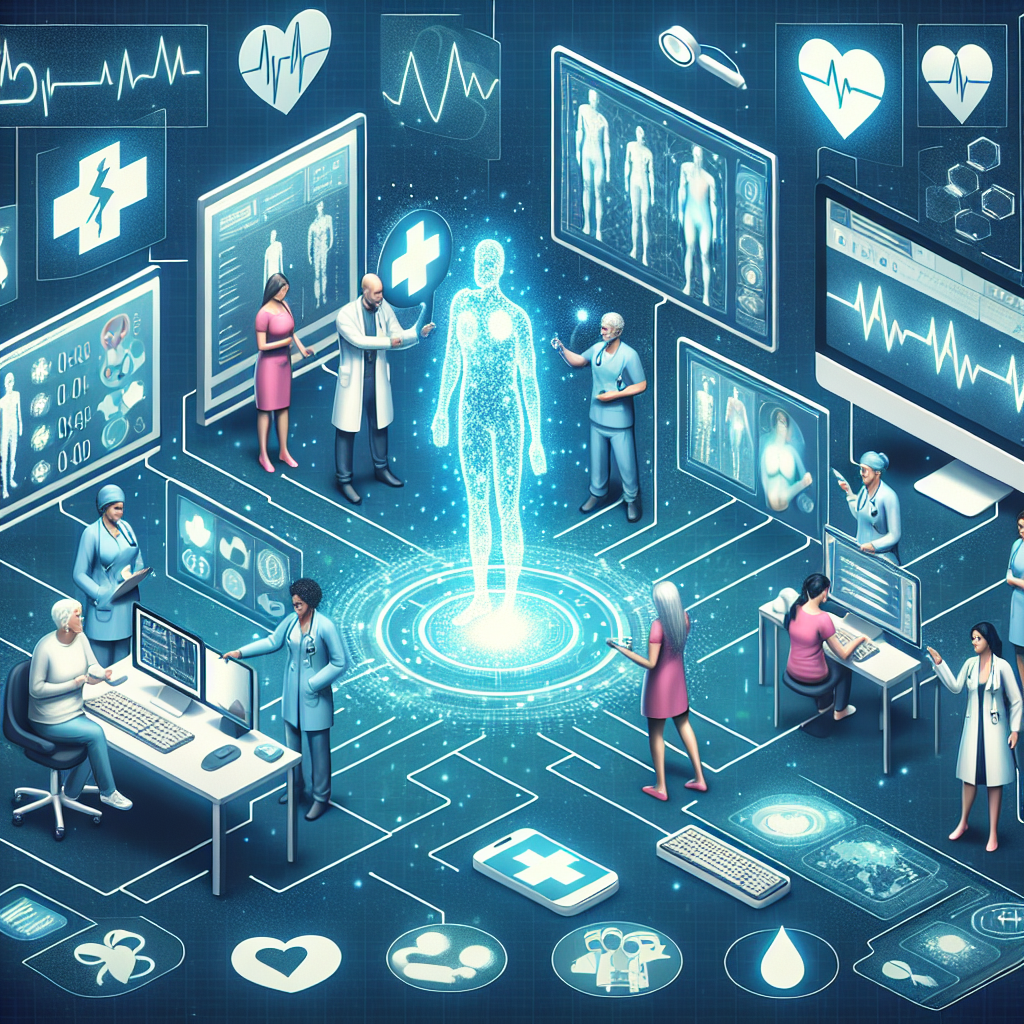
How Remote Monitoring Technology is Revolutionizing Healthcare
Remote monitoring technology is transforming the way healthcare is delivered, making it more convenient, efficient, and accessible for patients and healthcare providers alike. This innovative technology allows for the monitoring of patients’ vital signs and health data in real-time, regardless of their location, enabling early detection of health issues and timely intervention.One of the key benefits of remote monitoring technology is its ability to provide continuous monitoring of patients with chronic conditions, such as diabetes, hypertension, and heart disease. Instead of having to visit a healthcare facility for periodic check-ups, patients can now have their vital signs and health data monitored remotely, allowing for more personalized and proactive care management.
Remote monitoring technology also empowers patients to take control of their health and well-being by providing them with real-time feedback on their health status. This can help patients make informed decisions about their lifestyle choices and treatment plans, leading to better health outcomes in the long run.
For healthcare providers, remote monitoring technology offers the opportunity to streamline their workflows and improve patient outcomes. By monitoring patients remotely, healthcare providers can identify potential health issues early on and intervene before they escalate, reducing the need for hospitalizations and emergency room visits.
Moreover, remote monitoring technology can help healthcare providers better manage their caseloads and prioritize care for patients who need it the most. By monitoring patients remotely, healthcare providers can allocate their resources more effectively and provide timely care to those who are at high risk of developing complications.
Overall, remote monitoring technology is revolutionizing healthcare by making it more convenient, efficient, and accessible for both patients and healthcare providers. With the ability to monitor patients remotely and provide timely interventions, this technology has the potential to improve health outcomes, reduce healthcare costs, and enhance the overall quality of care. As remote monitoring technology continues to evolve, it will undoubtedly play a crucial role in shaping the future of healthcare delivery.
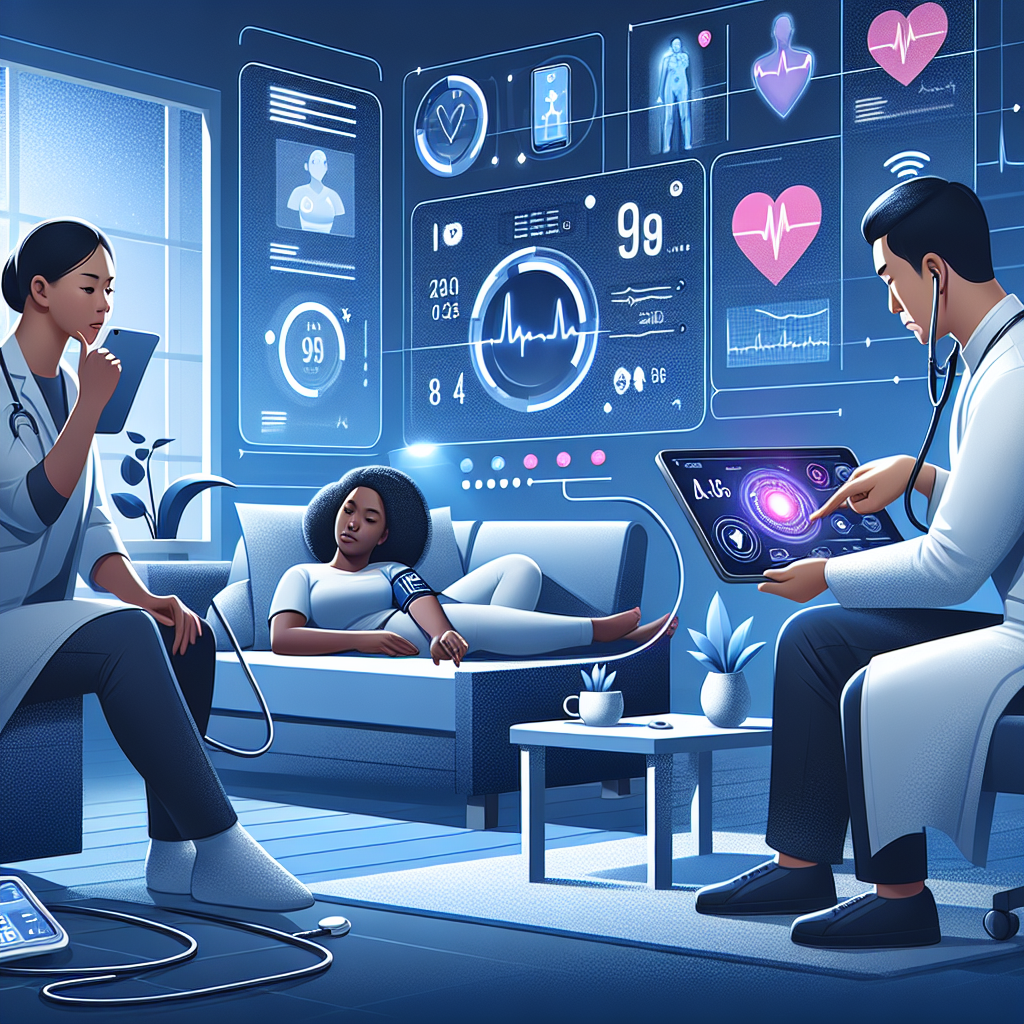
Remote Monitoring in Healthcare: Enhancing Patient Care and Outcomes
Remote monitoring in healthcare is revolutionizing the way patients receive care and improving outcomes. With the advancements in technology, healthcare providers can now monitor patients’ vital signs and health data from a distance, allowing for more personalized and efficient care.Remote monitoring allows patients to be monitored in the comfort of their own homes, reducing the need for frequent visits to healthcare facilities. This is especially beneficial for patients with chronic conditions who require regular monitoring and management of their health.
One of the key benefits of remote monitoring is the ability to detect health issues early on before they escalate into more serious problems. By continuously monitoring patients’ vital signs, healthcare providers can intervene promptly and provide necessary treatment, ultimately improving patient outcomes and reducing hospitalizations.
Remote monitoring also helps patients stay engaged and empowered in their own healthcare. With access to real-time health data, patients can take a more active role in managing their conditions and making informed decisions about their health. This leads to better adherence to treatment plans and overall improved health outcomes.
Additionally, remote monitoring can help healthcare providers optimize their resources and improve efficiency. By monitoring patients remotely, healthcare providers can prioritize care for those who need it most, reducing unnecessary visits and streamlining the delivery of care.
Overall, remote monitoring in healthcare is transforming the way patients receive care and leading to better outcomes. With the ability to monitor patients from a distance, healthcare providers can provide more personalized and efficient care, ultimately improving patient outcomes and reducing healthcare costs. As technology continues to advance, remote monitoring will play an increasingly important role in enhancing patient care and outcomes.
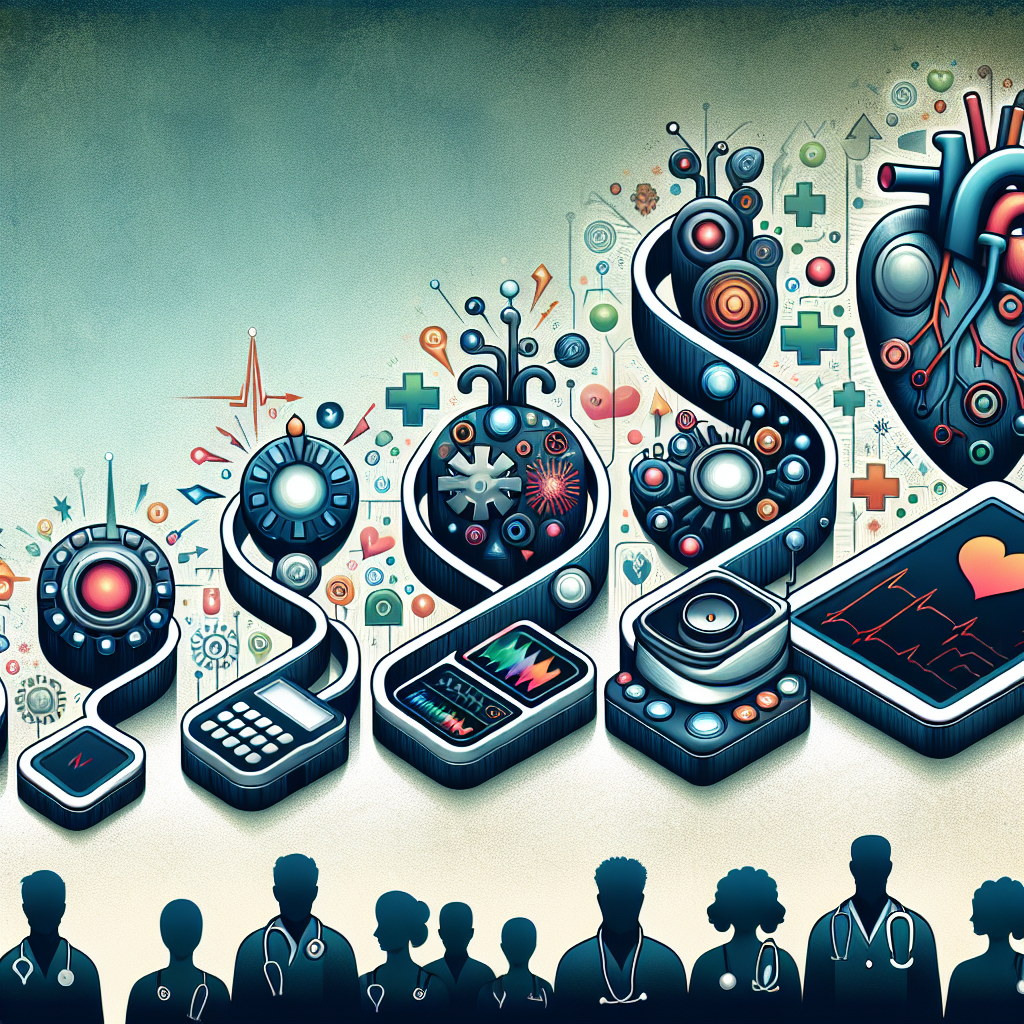
The Evolution of Remote Monitoring Technology and its Implications for Healthcare Providers
Remote monitoring technology has come a long way since its inception, revolutionizing the way healthcare providers deliver care to their patients. This technology allows healthcare professionals to monitor patients’ vital signs, symptoms, and other health data from a distance, providing real-time insights and enabling timely interventions.The evolution of remote monitoring technology has been rapid, with advancements in sensor technology, data analytics, and communication systems driving the development of more sophisticated and user-friendly devices. From simple wearable devices that track a patient’s heart rate and activity levels to more complex systems that can detect irregularities in blood glucose levels or detect early signs of deterioration in chronic conditions, remote monitoring technology has the potential to improve patient outcomes and reduce healthcare costs.
One of the key implications of remote monitoring technology for healthcare providers is the ability to provide more personalized and proactive care to patients. By continuously monitoring patients’ health data, healthcare providers can identify potential issues before they escalate, allowing for early interventions and preventing unnecessary hospitalizations. This proactive approach not only improves patient outcomes but also reduces the burden on healthcare systems and helps to lower costs.
Remote monitoring technology also allows for more efficient and effective care delivery, particularly for patients with chronic conditions who require regular monitoring and management. By remotely monitoring patients’ health data, healthcare providers can track their progress, adjust treatment plans as needed, and provide timely feedback and support. This not only improves patient engagement and adherence to treatment but also helps healthcare providers to better manage their caseloads and prioritize care for those who need it most.
Furthermore, remote monitoring technology has the potential to improve access to care for patients in remote or underserved areas, as well as those who are unable to travel to healthcare facilities due to mobility issues or other barriers. By enabling patients to monitor their health data from the comfort of their own homes, remote monitoring technology can help to bridge the gap between patients and healthcare providers, ensuring that all patients receive the care they need, regardless of their location or circumstances.
In conclusion, the evolution of remote monitoring technology has significant implications for healthcare providers, offering new opportunities to improve patient outcomes, reduce healthcare costs, and enhance the overall quality of care. By embracing this technology and integrating it into their practice, healthcare providers can take advantage of its many benefits and revolutionize the way they deliver care to their patients.
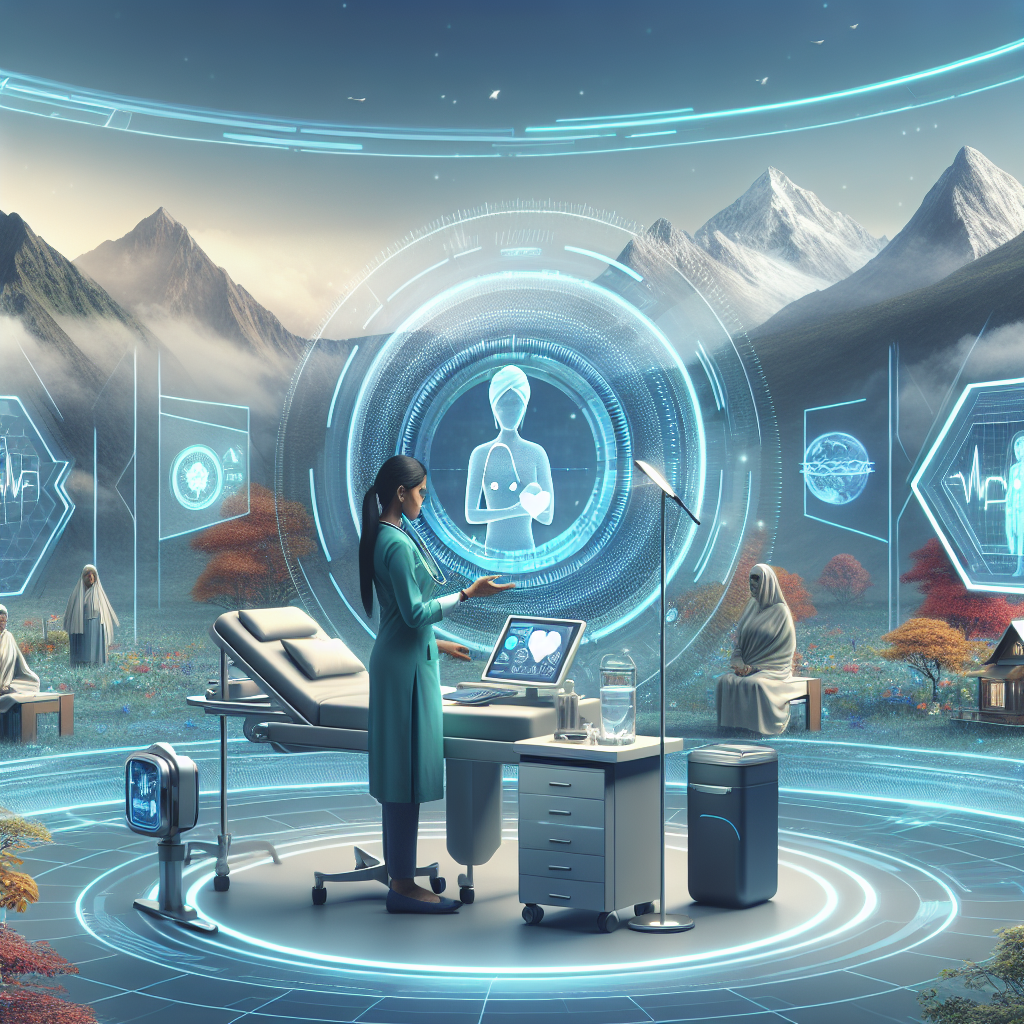
The Rise of Remote Monitoring: A Game-Changer in Healthcare
The Rise of Remote Monitoring: A Game-Changer in HealthcareIn recent years, there has been a significant shift in the way healthcare is delivered with the rise of remote monitoring technology. This innovative approach to healthcare has revolutionized the industry by allowing patients to receive medical care from the comfort of their own homes. Remote monitoring allows healthcare providers to track a patient’s vital signs, symptoms, and overall health remotely, eliminating the need for frequent in-person visits to the doctor’s office.
One of the key benefits of remote monitoring is its ability to improve patient outcomes and reduce healthcare costs. By continuously monitoring a patient’s health remotely, healthcare providers can detect potential health issues early on and intervene before they become serious. This proactive approach to healthcare can help prevent hospitalizations and emergency room visits, ultimately saving both patients and healthcare providers time and money.
Remote monitoring is particularly beneficial for patients with chronic conditions such as diabetes, hypertension, and heart disease. These patients often require regular monitoring of their vital signs and symptoms to manage their conditions effectively. With remote monitoring technology, patients can easily track their health data and share it with their healthcare providers in real-time, allowing for timely adjustments to their treatment plan as needed.
Another advantage of remote monitoring is its ability to improve patient engagement and adherence to treatment plans. Patients are more likely to actively participate in their healthcare when they have access to their health data and can see the impact of their lifestyle choices on their health outcomes. Remote monitoring empowers patients to take control of their health and make informed decisions about their care.
Moreover, remote monitoring can also help healthcare providers better manage their caseload and prioritize patient care. By remotely monitoring patients’ health data, providers can quickly identify patients who require immediate attention and allocate resources accordingly. This can help reduce the burden on healthcare systems and improve overall efficiency in the delivery of care.
Overall, the rise of remote monitoring technology is a game-changer in healthcare. It has the potential to transform the way healthcare is delivered, making it more convenient, cost-effective, and patient-centered. As technology continues to advance, remote monitoring will likely become even more widespread, benefiting patients, healthcare providers, and the healthcare system as a whole.
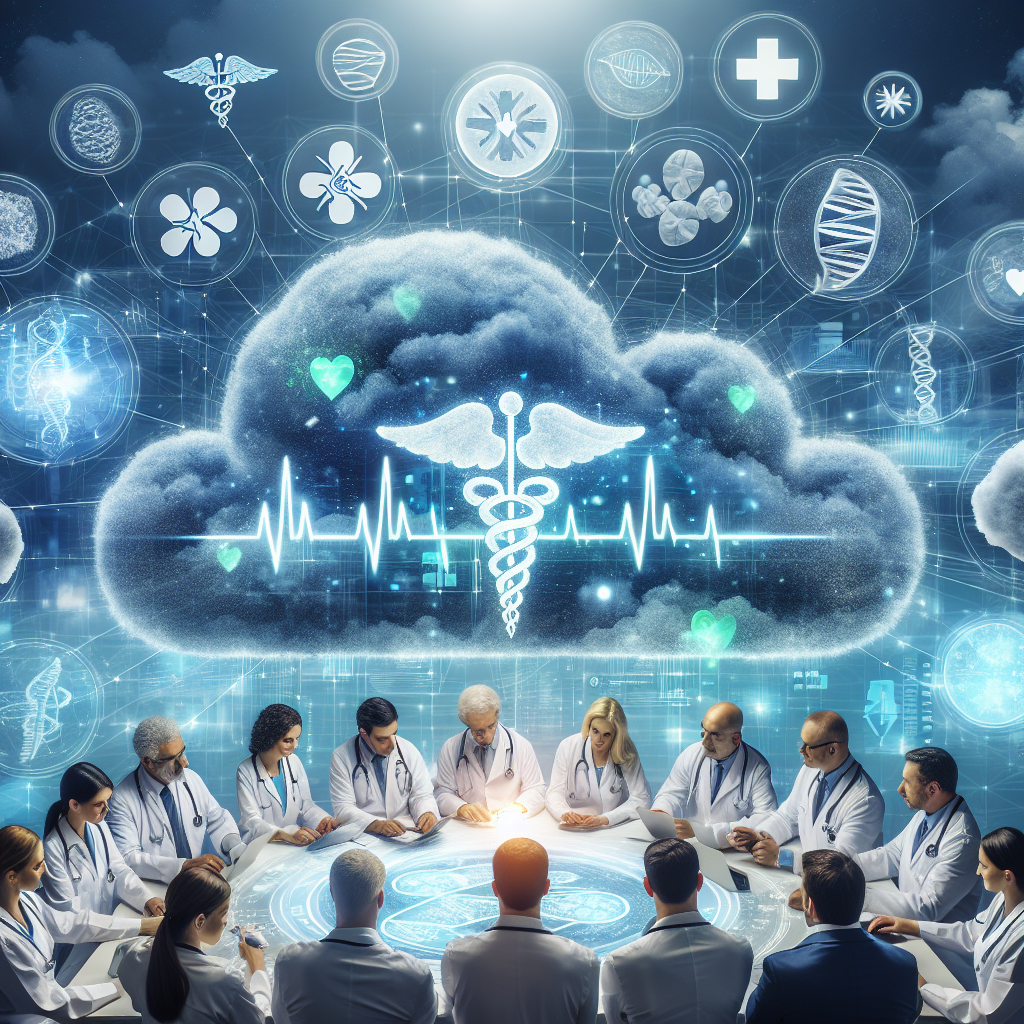
Cloud Computing in the Healthcare Industry: Improving Patient Care and Efficiency
Cloud computing has revolutionized the way industries operate, and the healthcare sector is no exception. With the increasing demand for efficient and accessible healthcare services, cloud computing has emerged as a game-changer in the industry, improving patient care and efficiency.One of the key benefits of cloud computing in healthcare is the ability to store and access vast amounts of data securely and efficiently. Electronic health records (EHRs) can be stored in the cloud, allowing healthcare providers to access patient information from anywhere at any time. This not only improves communication and collaboration among healthcare professionals but also ensures that patients receive the best possible care.
In addition, cloud computing enables healthcare organizations to streamline their operations and reduce costs. By moving their IT infrastructure to the cloud, healthcare providers can eliminate the need for expensive hardware and software upgrades, as well as reduce the burden of managing and maintaining on-premises servers. This allows them to focus on delivering high-quality care to patients without being bogged down by technical issues.
Moreover, cloud computing in healthcare enables the integration of various systems and applications, leading to improved efficiency and productivity. For example, healthcare providers can use cloud-based telemedicine platforms to offer remote consultations and monitoring services, reducing the need for in-person visits and increasing access to care for patients in remote areas. This not only improves patient satisfaction but also helps healthcare organizations reach a larger audience and provide more personalized care.
Another significant advantage of cloud computing in healthcare is its scalability and flexibility. Healthcare providers can easily scale their IT infrastructure up or down based on their needs, allowing them to adapt to changing patient demands and market conditions. This ensures that healthcare organizations can remain agile and responsive to the evolving healthcare landscape, ultimately improving patient outcomes and satisfaction.
Overall, cloud computing has the potential to transform the healthcare industry by improving patient care and efficiency. By leveraging the power of the cloud, healthcare providers can enhance collaboration, streamline operations, and deliver high-quality care to patients, ultimately driving better health outcomes for individuals and communities. As the healthcare sector continues to evolve, it is clear that cloud computing will play a crucial role in shaping the future of healthcare delivery.
